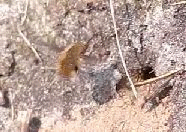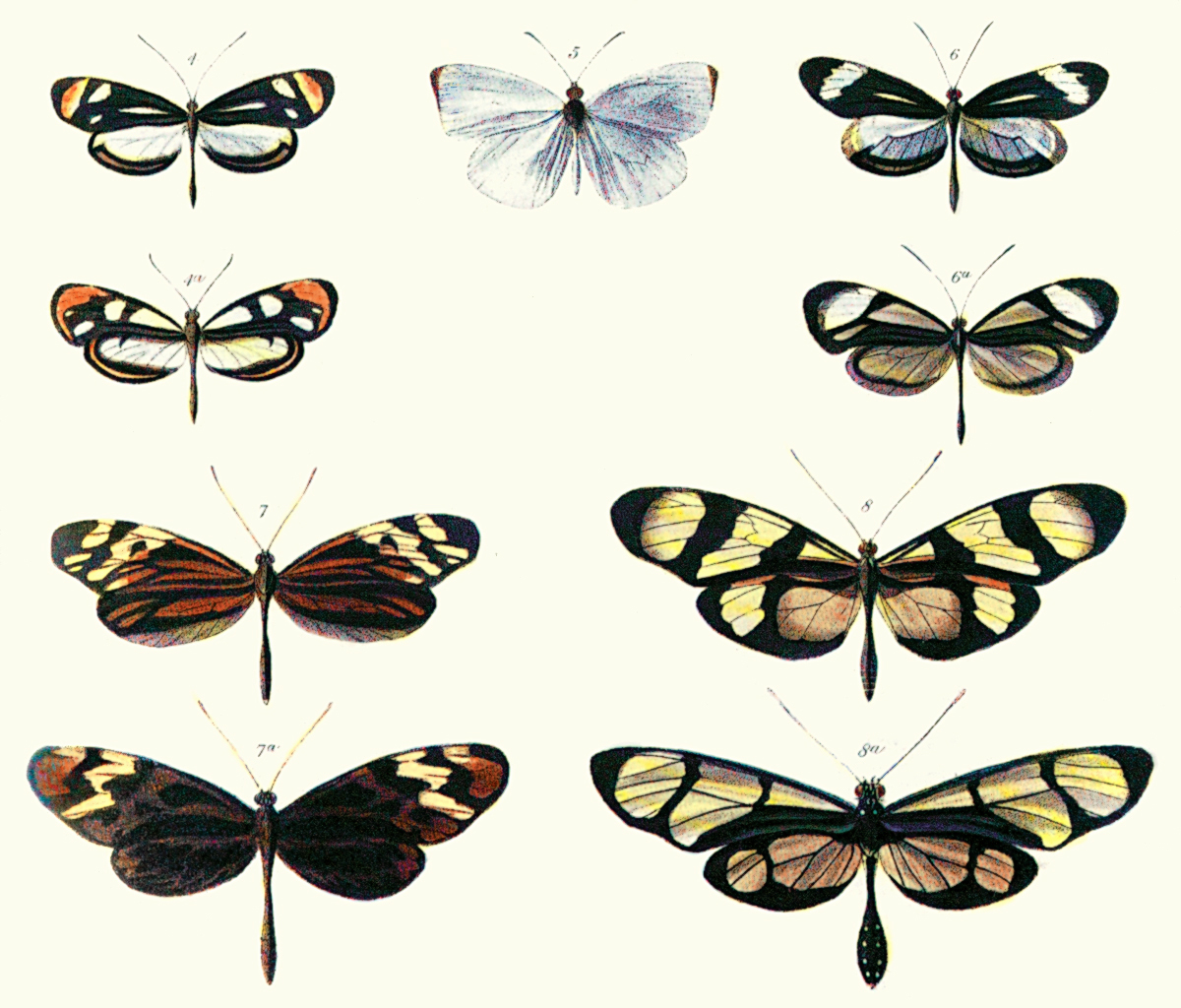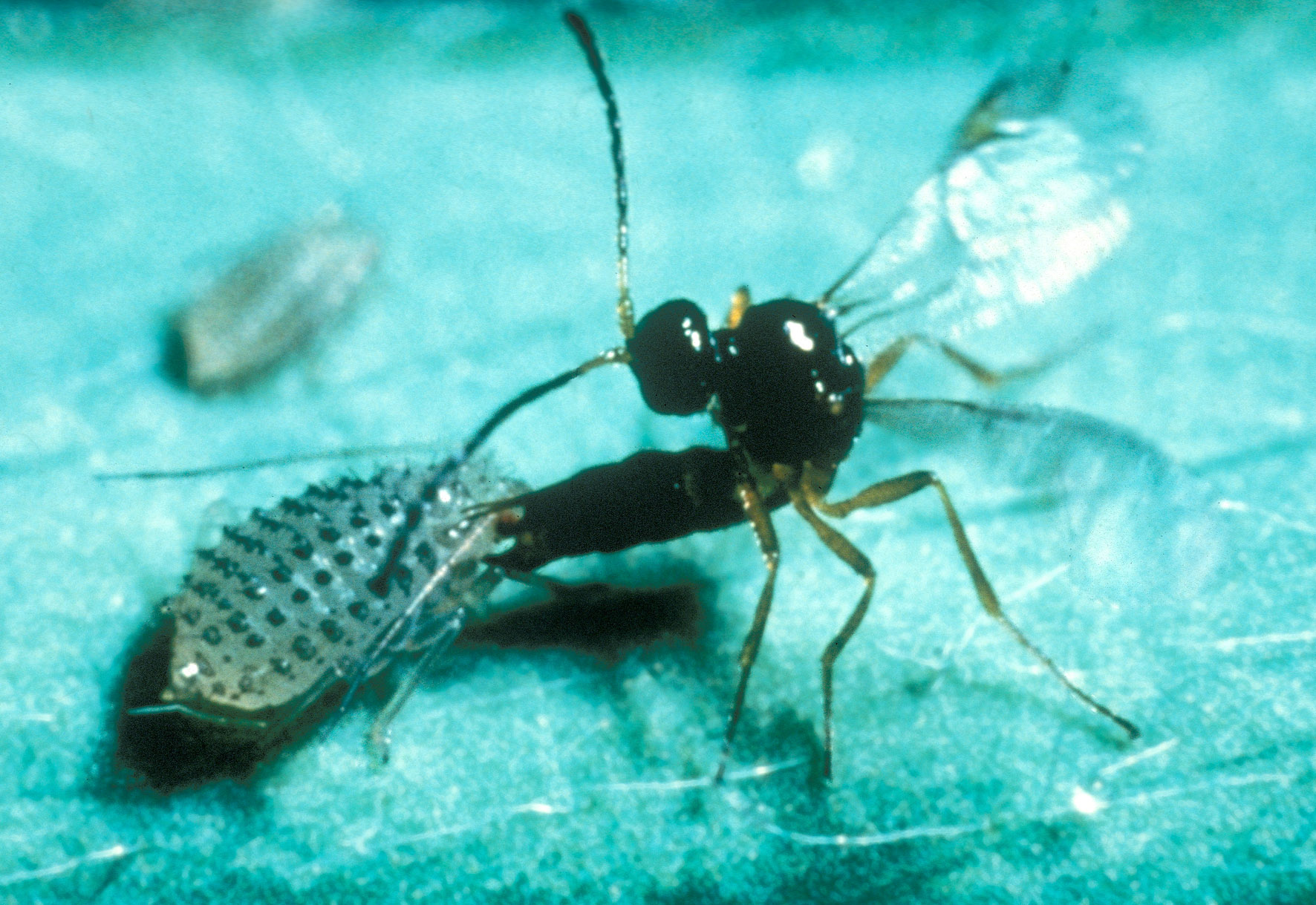|
Bee-fly
The Bombyliidae are a family of flies, commonly known as bee flies. Some are colloquially known as bomber flies. Adults generally feed on nectar and pollen, some being important pollinators. Larvae are mostly parasitoids of other insects. Overview The Bombyliidae are a large family of flies comprising hundreds of genera, but the life cycles of most species are poorly known, or not at all. Their size varies between species ranging from 2 mm long to a 40 mm wingspan making them some of the largest flies. When at rest, many species hold their wings at a characteristic "swept back" angle. Adults generally feed on nectar and pollen, some being important pollinators, often with spectacularly long proboscises adapted to plants such as ''Lapeirousia'' species with very long, narrow floral tubes. Unlike butterflies, bee flies hold their proboscis straight, and cannot retract it. Many Bombyliidae superficially resemble bees and accordingly the prevalent common name for a member of the f ... [...More Info...] [...Related Items...] OR: [Wikipedia] [Google] [Baidu] |
Bombylius Major
''Bombylius major'' (commonly named the large bee-fly, the dark-edged bee-fly or the greater bee fly) is a parasitic bee mimic fly. ''B. major'' is the most common type of fly within the ''Bombylius'' genus. The fly derives its name from its close resemblance to bumblebees and is often mistaken for them. ''Bombylius major'' exhibits a unique flight behavior known as "yawing" and plays a role in general pollination, without preference of flower types. The fly does not bite, sting, or spread disease. However, the fly uses this mimicry of bumblebees to its own advantage, allowing close access to host solitary bee and wasp nests in order to deposit its eggs. After hatching, the larvae find their way into the nests to parasitically feed on the Larva, grubs. Description ''Bombylius major'' is part of the family Bombyliidae, with a reported 6000 species worldwide. The subfamily Bombyliinae contains approximately 1100 identified species. The genus ''Bombylius'' currently comprises aroun ... [...More Info...] [...Related Items...] OR: [Wikipedia] [Google] [Baidu] |
Xenoprosopinae
''Xenoprosopa'' is a genus of bee flies in the family Bombyliidae The Bombyliidae are a family of flies, commonly known as bee flies. Some are colloquially known as bomber flies. Adults generally feed on nectar and pollen, some being important pollinators. Larvae are mostly parasitoids of other insects. Over ..., the sole genus of the subfamily Xenoprosopinae. The only described species in the genus is ''X. paradoxa'' Hesse, 1956. References External links iNaturalist World Checklist Bombyliidae Bombyliidae genera Monotypic Brachycera genera {{bombyliidae-stub ... [...More Info...] [...Related Items...] OR: [Wikipedia] [Google] [Baidu] |
Wasp
A wasp is any insect of the narrow-waisted suborder Apocrita of the order Hymenoptera which is neither a bee nor an ant; this excludes the broad-waisted sawflies (Symphyta), which look somewhat like wasps, but are in a separate suborder. The wasps do not constitute a clade, a complete natural group with a single ancestor, as bees and ants are deeply nested within the wasps, having evolved from wasp ancestors. Wasps that are members of the clade Aculeata can sting their prey. The most commonly known wasps, such as yellowjackets and hornets, are in the family Vespidae and are eusocial, living together in a nest with an egg-laying queen and non-reproducing workers. Eusociality is favoured by the unusual haplodiploid system of sex determination in Hymenoptera, as it makes sisters exceptionally closely related to each other. However, the majority of wasp species are solitary, with each adult female living and breeding independently. Females typically have an oviposit ... [...More Info...] [...Related Items...] OR: [Wikipedia] [Google] [Baidu] |
Beetle
Beetles are insects that form the Taxonomic rank, order Coleoptera (), in the superorder Holometabola. Their front pair of wings are hardened into wing-cases, elytra, distinguishing them from most other insects. The Coleoptera, with about 400,000 described species, is the largest of all orders, constituting almost 40% of described arthropods and 25% of all known animal species; new species are discovered frequently, with estimates suggesting that there are between 0.9 and 2.1 million total species. However, the number of beetle species is challenged by the number of species in Fly, dipterans (flies) and hymenopterans (wasps). Found in almost every habitat except the sea and the polar regions, they interact with their ecosystems in several ways: beetles often feed on plants and fungi, break down animal and plant debris, and eat other invertebrates. Some species are serious agricultural pests, such as the Colorado potato beetle, while others such as Coccinellidae (ladybirds or ... [...More Info...] [...Related Items...] OR: [Wikipedia] [Google] [Baidu] |
Larva
A larva (; : larvae ) is a distinct juvenile form many animals undergo before metamorphosis into their next life stage. Animals with indirect development such as insects, some arachnids, amphibians, or cnidarians typically have a larval phase of their life cycle. A larva's appearance is generally very different from the adult form (''e.g.'' caterpillars and butterflies) including different unique structures and organs that do not occur in the adult form. Their diet may also be considerably different. In the case of smaller primitive arachnids, the larval stage differs by having three instead of four pairs of legs. Larvae are frequently adapted to different environments than adults. For example, some larvae such as tadpoles live almost exclusively in aquatic environments but can live outside water as adult frogs. By living in a distinct environment, larvae may be given shelter from predators and reduce competition for resources with the adult population. Animals in the lar ... [...More Info...] [...Related Items...] OR: [Wikipedia] [Google] [Baidu] |
Predator
Predation is a biological interaction in which one organism, the predator, kills and eats another organism, its prey. It is one of a family of common List of feeding behaviours, feeding behaviours that includes parasitism and micropredation (which usually do not kill the Host (biology), host) and parasitoidism (which always does, eventually). It is distinct from Scavenger, scavenging on dead prey, though many predators also scavenge; it overlaps with Herbivore, herbivory, as Seed predation, seed predators and destructive frugivores are predators. Predation behavior varies significantly depending on the organism. Many predators, especially carnivores, have evolved distinct hunting strategy, hunting strategies. Pursuit predation involves the active search for and pursuit of prey, whilst ambush predation, ambush predators instead wait for prey to present an opportunity for capture, and often use stealth or aggressive mimicry. Other predators are opportunism, opportunistic or om ... [...More Info...] [...Related Items...] OR: [Wikipedia] [Google] [Baidu] |
Batesian Mimicry
Batesian mimicry is a form of mimicry where a harmless species has evolved to imitate the warning signals of a harmful species directed at a predator of them both. It is named after the English naturalist Henry Walter Bates, who worked on butterflies in the rainforests of Brazil. Batesian mimicry is the most commonly known and widely studied of mimicry complexes, such that the word mimicry is often treated as synonymous with Batesian mimicry. There are many other forms however, some very similar in principle, others far separated. It is often contrasted with Müllerian mimicry, a form of mutually beneficial convergence between two or more harmful species. However, because the mimic may have a degree of protection itself, the distinction is not absolute. It can also be contrasted with functionally different forms of mimicry. Perhaps the sharpest contrast here is with aggressive mimicry where a predator or parasite mimics a harmless species, avoiding detection and improving its ... [...More Info...] [...Related Items...] OR: [Wikipedia] [Google] [Baidu] |
Lapeirousia
''Lapeirousia'' is a genus in the plant family Iridaceae. It is endemic to sub-Saharan Africa, about a third of the species occurring in fynbos. Origin of genus name The genus ''Lapeirousia'' was described by Pierre André Pourret in Mém. Acad. Sci. Toulouse 3 : 79 (1788); Bak. In FC. 6 : 88 (1896) in part; Goldblatt in Contrib. Bol. Herb. 4 : 1 (1972); Sölch & Roessl. in FSWA. 155 : 6 (1969). Chasmatocallis Foster in Contrib. Gray Herb. 127 : 40 (1939).Dyer, R. Allen, “The Genera of Southern African Flowering Plants”. , 1975 He named the genus in honour of his friend, the botanist Philippe-Isidore Picot de Lapeyrouse. The inconsistent spellings of that name no doubt led to the original genus name being spelt "Lapeirousia" and contributed to various subsequent misspellings of the genus in various reference sources, notably "Lapeyrousia".Chittenden, Fred J. Ed., Royal Horticultural Society Dictionary of Gardening, Oxford 1951 There also has been confusion leading to unfoun ... [...More Info...] [...Related Items...] OR: [Wikipedia] [Google] [Baidu] |
Wingspan
The wingspan (or just span) of a bird or an airplane is the distance from one wingtip to the opposite wingtip. For example, the Boeing 777–200 has a wingspan of , and a wandering albatross (''Diomedea exulans'') caught in 1965 had a wingspan of , the official record for a living bird. The term wingspan, more technically 'extent' , is also used for other winged animals such as pterosaurs, bats, insects, etc., and other aircraft such as ornithopters. In humans, the term wingspan also refers to the arm span, which is the distance between the length from the end of an individual's arm (measured at the fingertips) to the individual's fingertips on the other arm when raised parallel to the ground at shoulder height. Wingspan of aircraft The wingspan of an aircraft is always measured in a straight line, from wingtip to wingtip, regardless of wing shape or sweep. Implications for aircraft design and animal evolution The lift from wings is proportional to their area, so the h ... [...More Info...] [...Related Items...] OR: [Wikipedia] [Google] [Baidu] |
Genus
Genus (; : genera ) is a taxonomic rank above species and below family (taxonomy), family as used in the biological classification of extant taxon, living and fossil organisms as well as Virus classification#ICTV classification, viruses. In binomial nomenclature, the genus name forms the first part of the binomial species name for each species within the genus. :E.g. ''Panthera leo'' (lion) and ''Panthera onca'' (jaguar) are two species within the genus ''Panthera''. ''Panthera'' is a genus within the family Felidae. The composition of a genus is determined by taxonomy (biology), taxonomists. The standards for genus classification are not strictly codified, so different authorities often produce different classifications for genera. There are some general practices used, however, including the idea that a newly defined genus should fulfill these three criteria to be descriptively useful: # monophyly – all descendants of an ancestral taxon are grouped together (i.e. Phylogeneti ... [...More Info...] [...Related Items...] OR: [Wikipedia] [Google] [Baidu] |
Parasitoid
In evolutionary ecology, a parasitoid is an organism that lives in close association with its host (biology), host at the host's expense, eventually resulting in the death of the host. Parasitoidism is one of six major evolutionarily stable strategy, evolutionary strategies within parasitism, distinguished by the fatal prognosis for the host, which makes the strategy close to predation. Among parasitoids, strategies range from living inside the host (''endoparasitism''), allowing it to continue growing before emerging as an adult, to Paralysis, paralysing the host and living outside it (''ectoparasitism''). Hosts can include other parasitoids, resulting in hyperparasitism; in the case of oak galls, up to five levels of parasitism are possible. Some parasitoids Behavior-altering parasite, influence their host's behaviour in ways that favour the propagation of the parasitoid. Parasitoids are found in a variety of Taxon, taxa across the insect superorder Endopterygota, whose compl ... [...More Info...] [...Related Items...] OR: [Wikipedia] [Google] [Baidu] |
Pollinator
A pollinator is an animal that moves pollen from the male anther of a flower to the female carpel, stigma of a flower. This helps to bring about fertilization of the ovules in the flower by the male gametes from the pollen grains. Insects are the major pollinators of most plants, and insect pollinators include all families of bees and most families of Aculeata, aculeate wasps; ants; many families of flies; many lepidopterans (both butterflies and moths); and many families of beetles. Vertebrates, mainly bats and birds, but also some non-bat mammals (monkeys, lemurs, Phalangeriformes, possums, rodents) and some lizards pollinate certain plants. Among the pollinating birds are hummingbirds, honeyeaters and sunbirds with long beaks; they pollinate a number of deep-throated flowers. Humans may also carry out artificial pollination. A pollinator is different from a pollenizer, a plant that is a source of pollen for the pollination process. Background Plants fall into pollination s ... [...More Info...] [...Related Items...] OR: [Wikipedia] [Google] [Baidu] |








